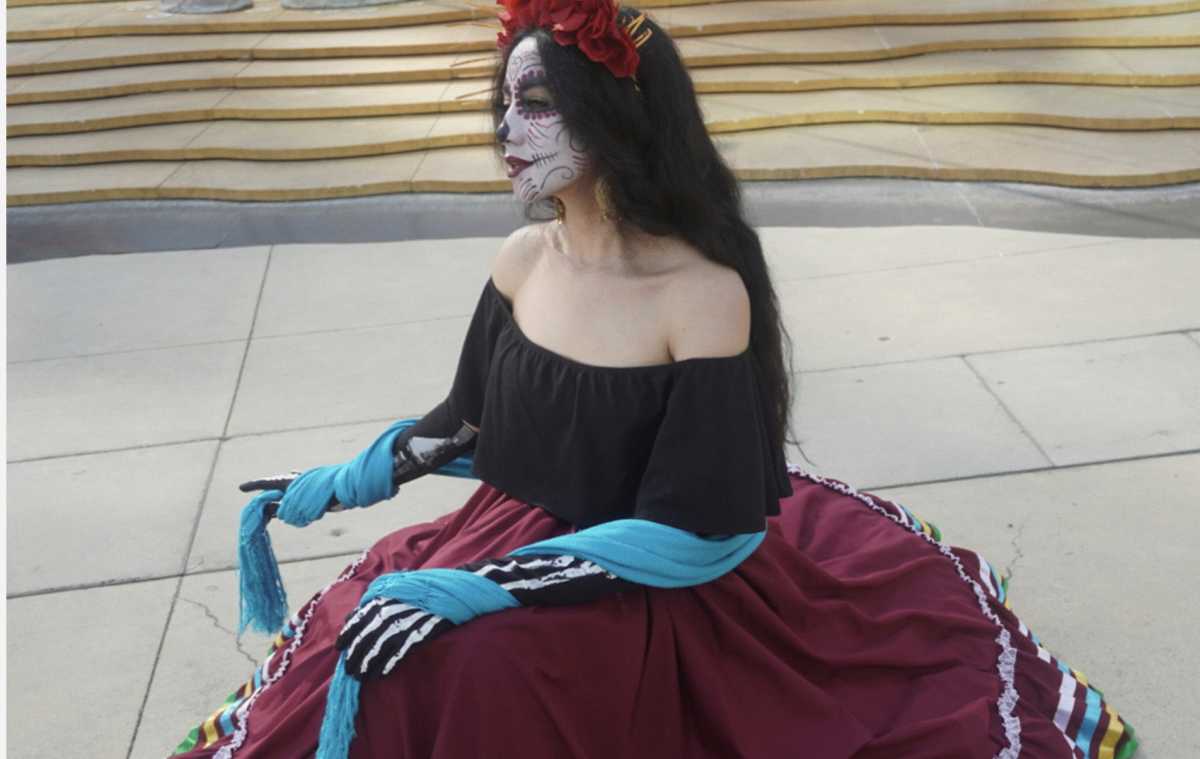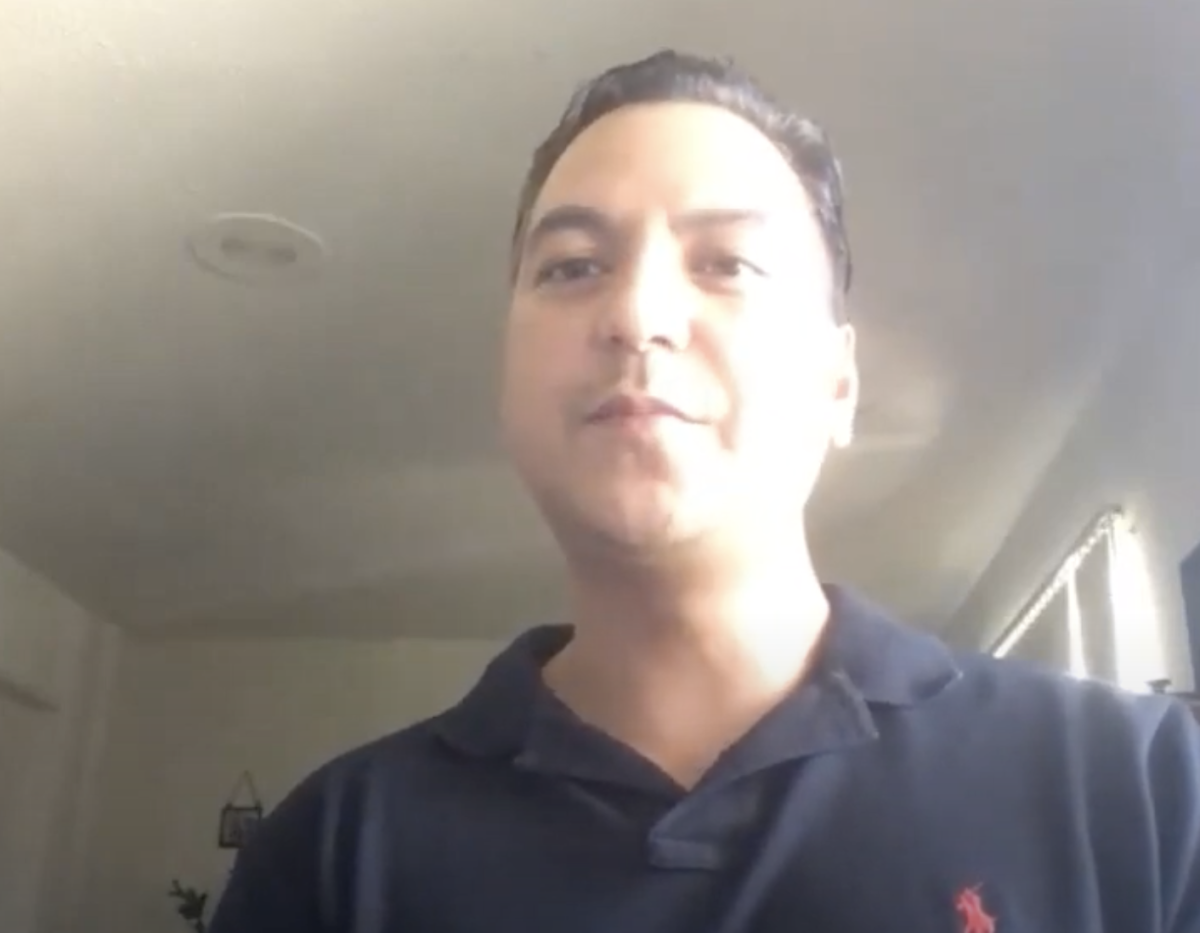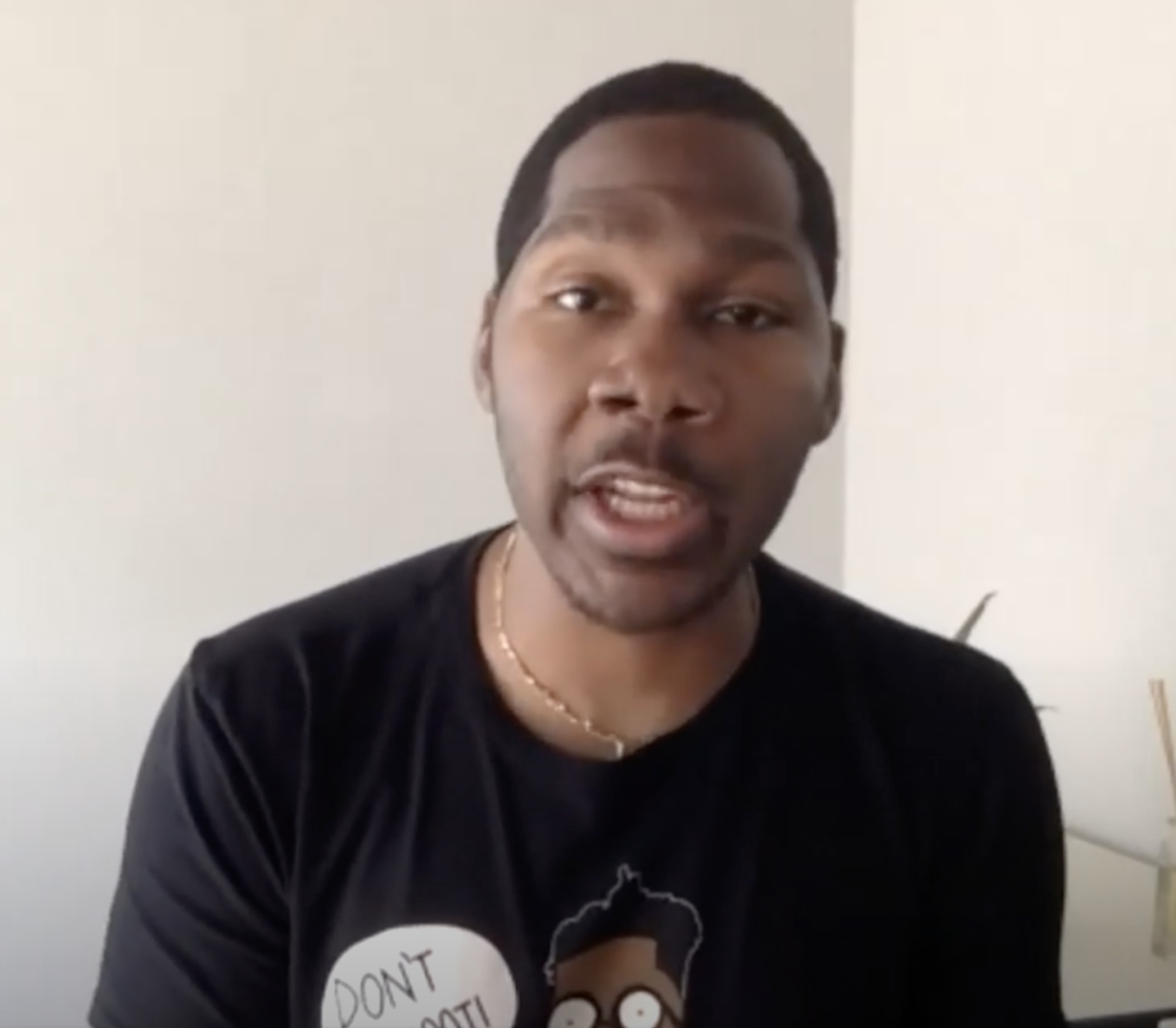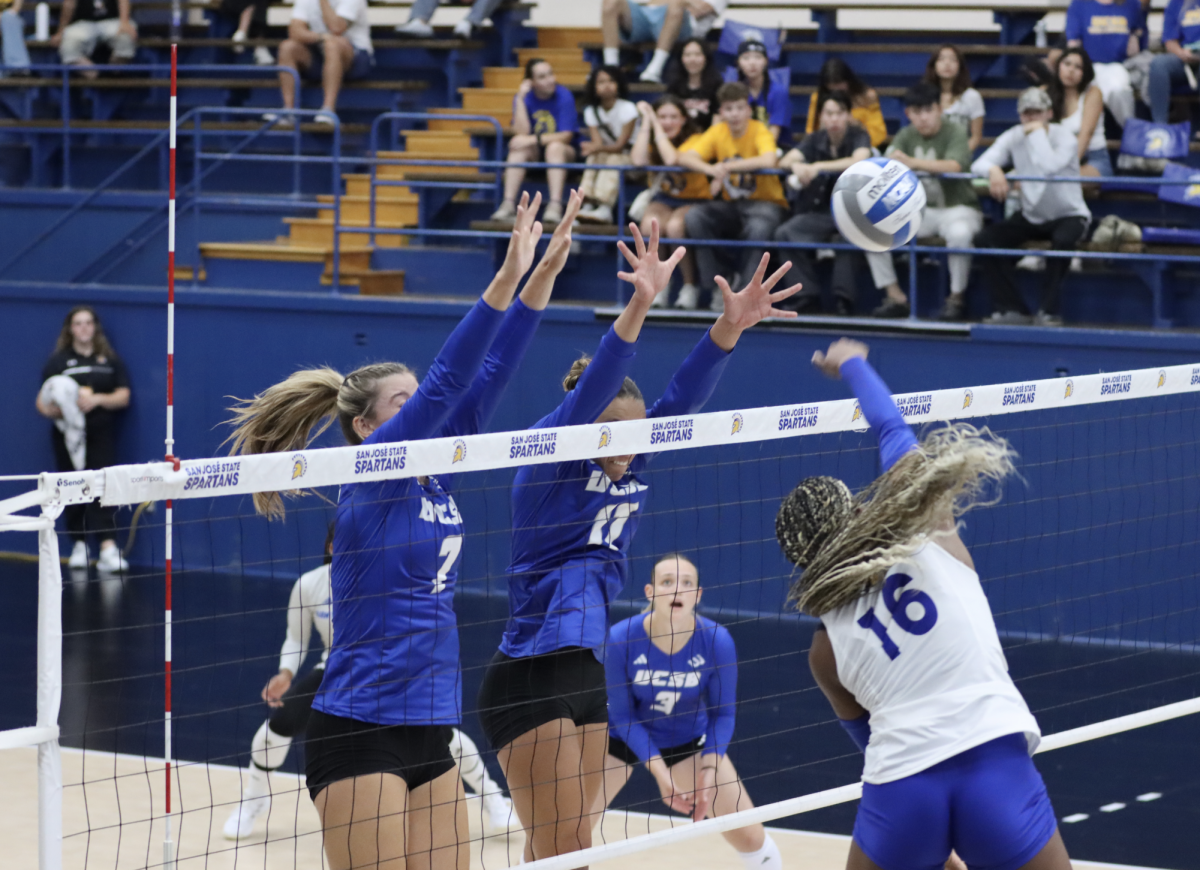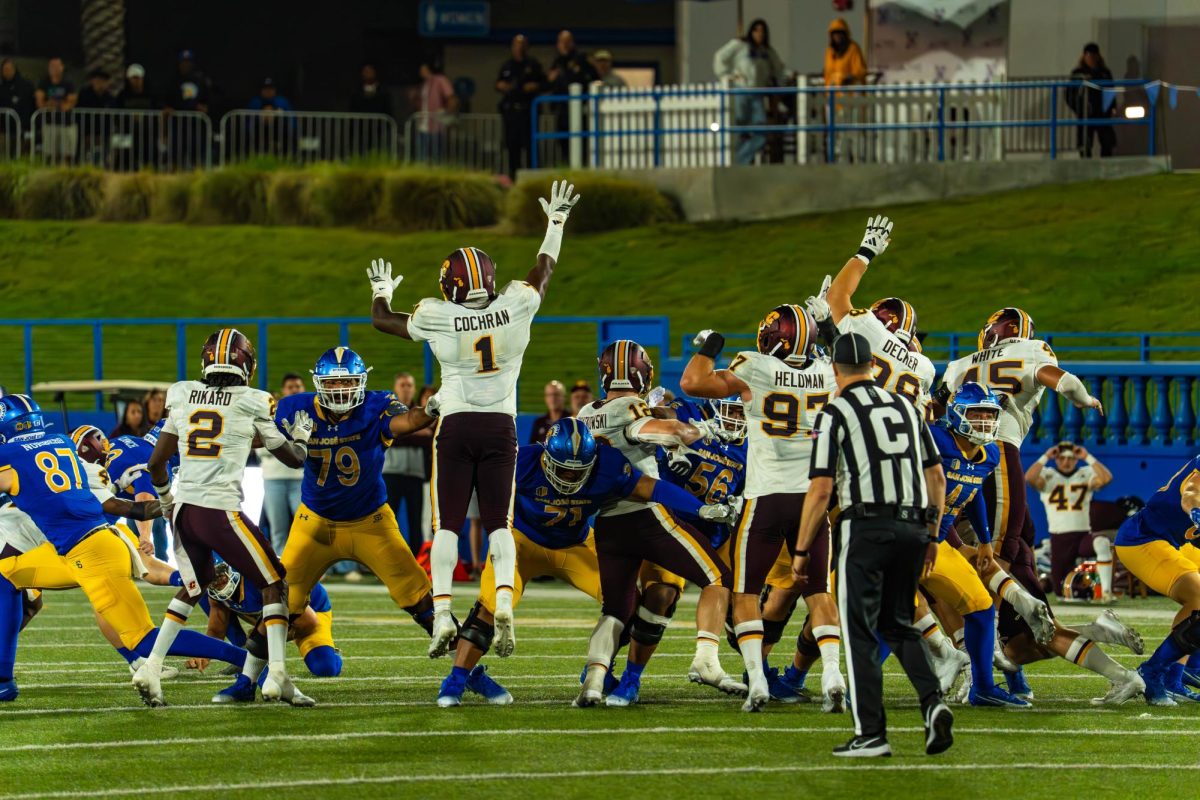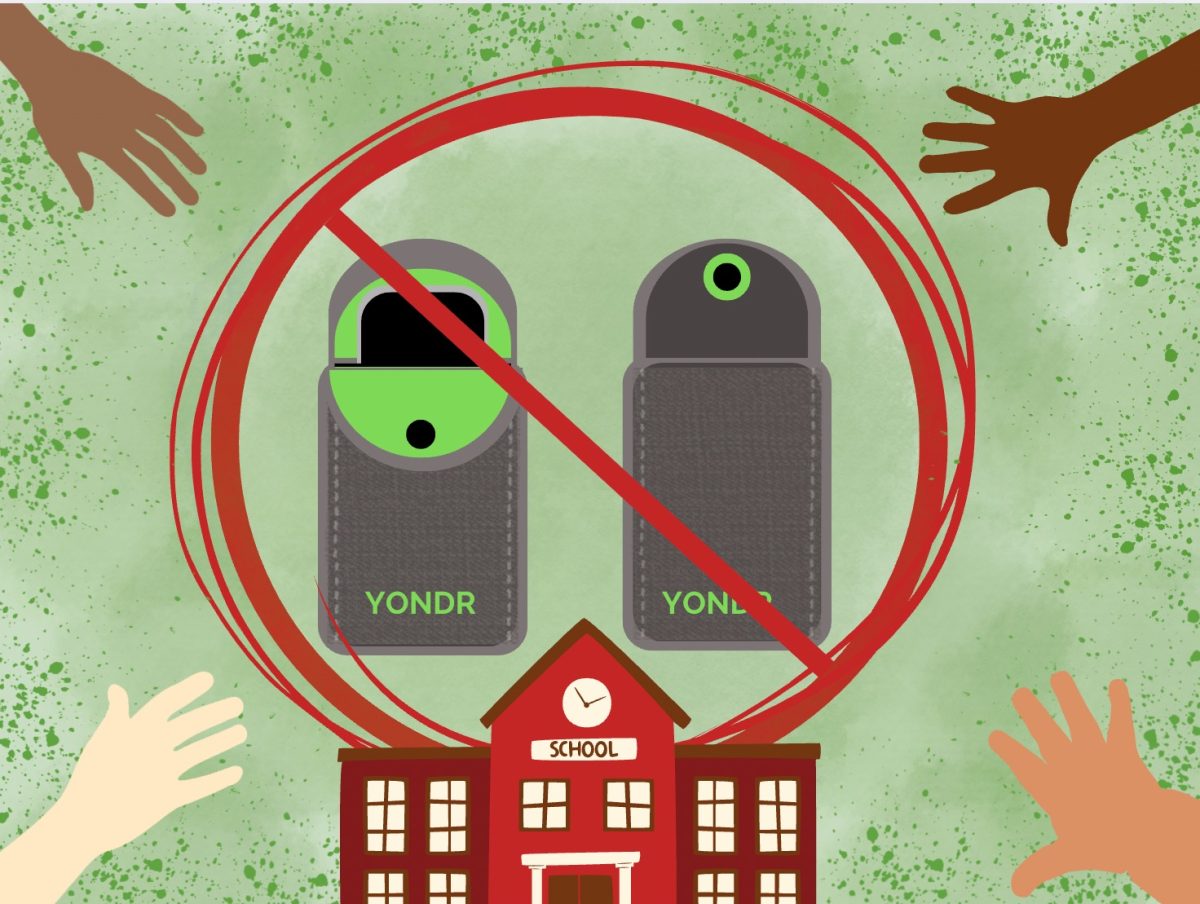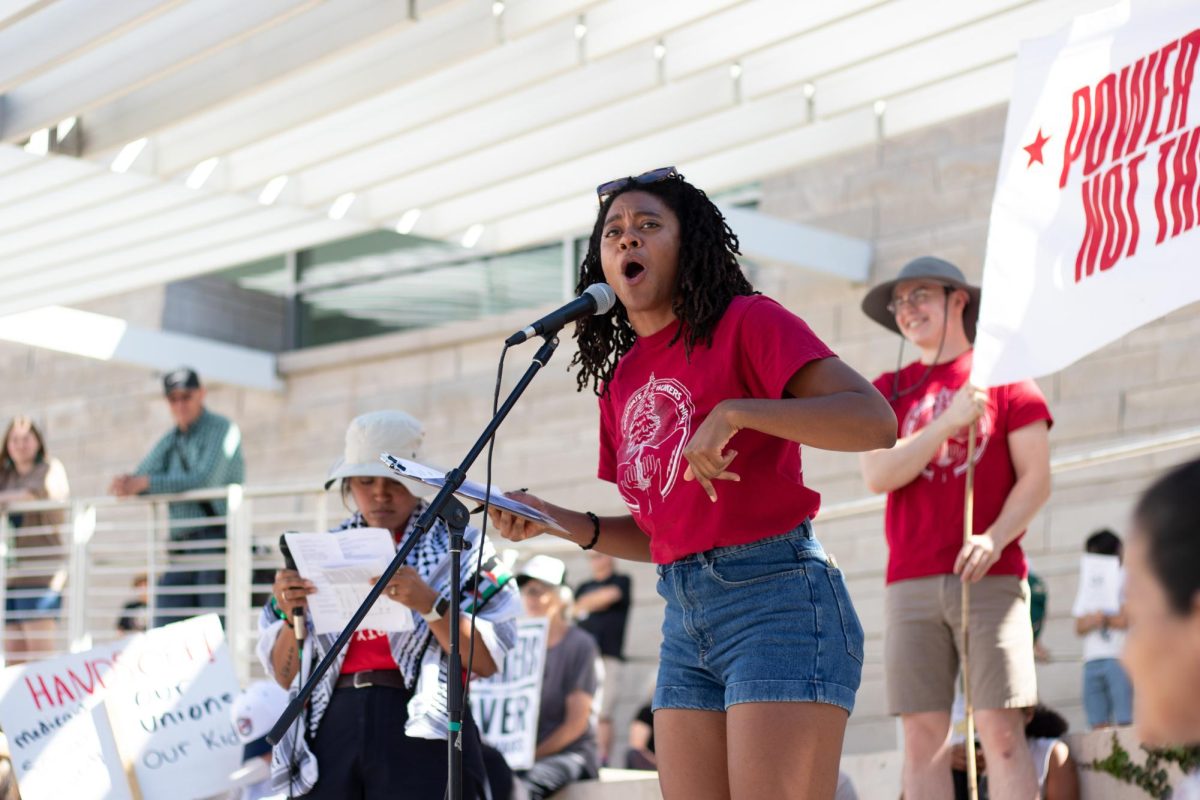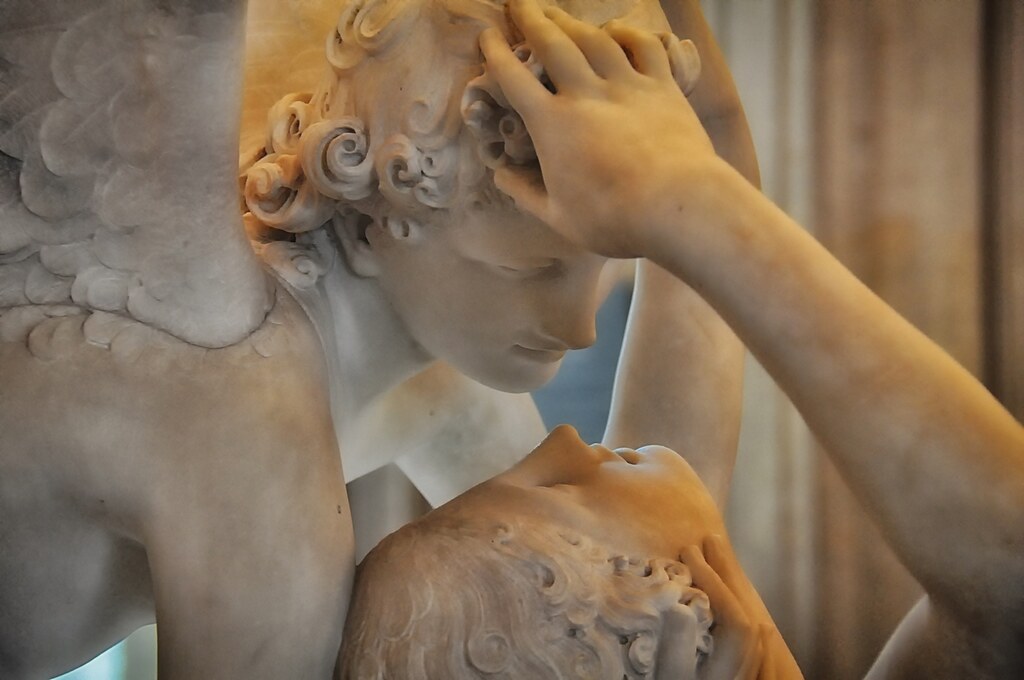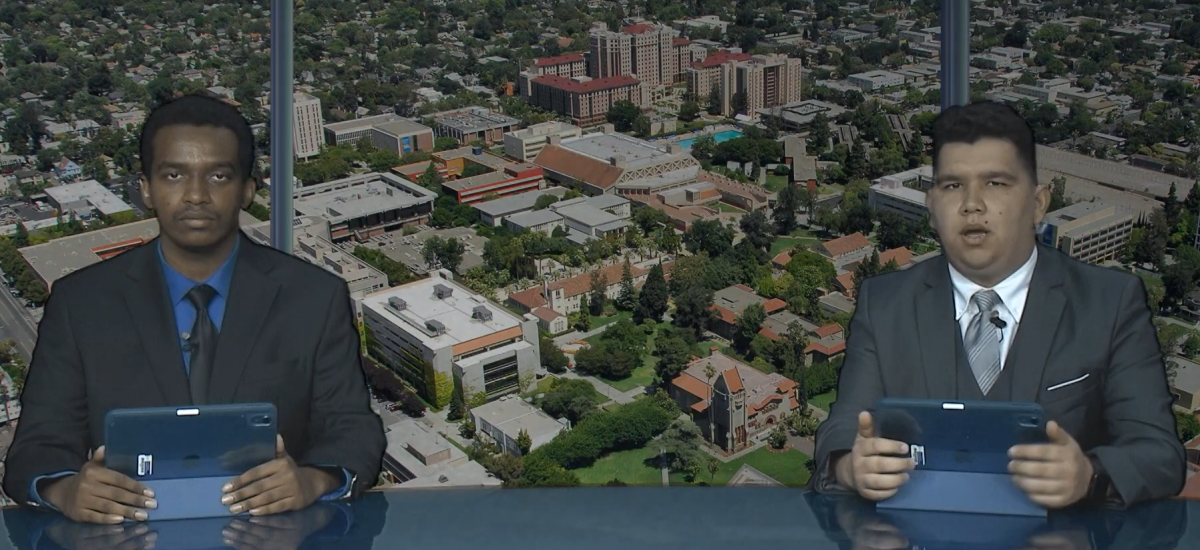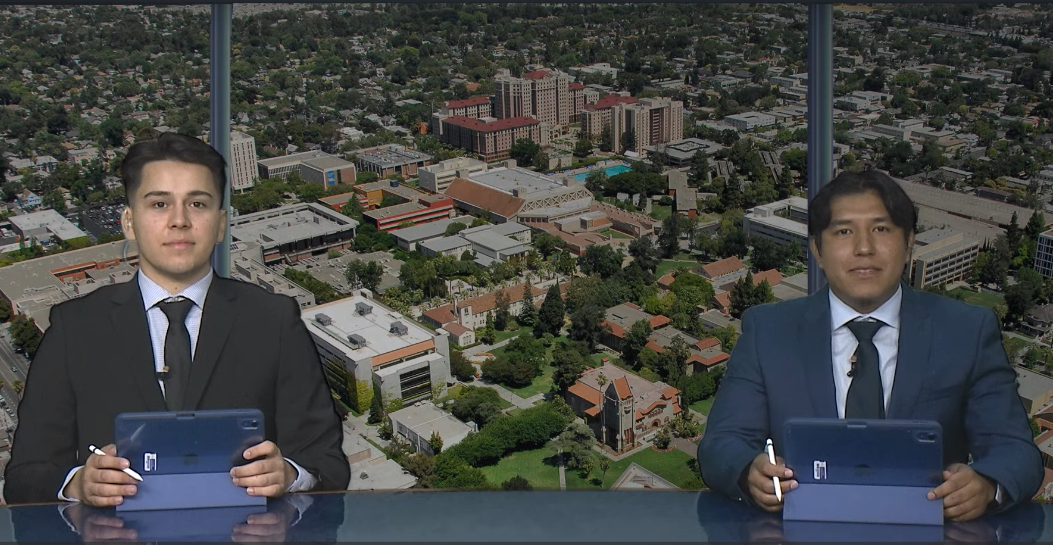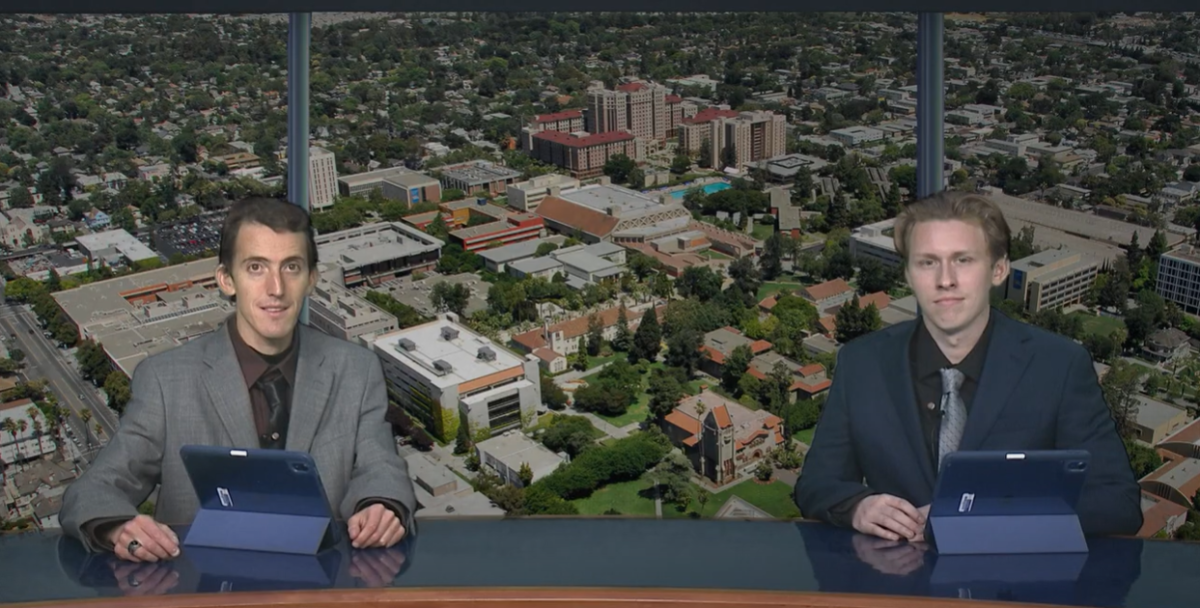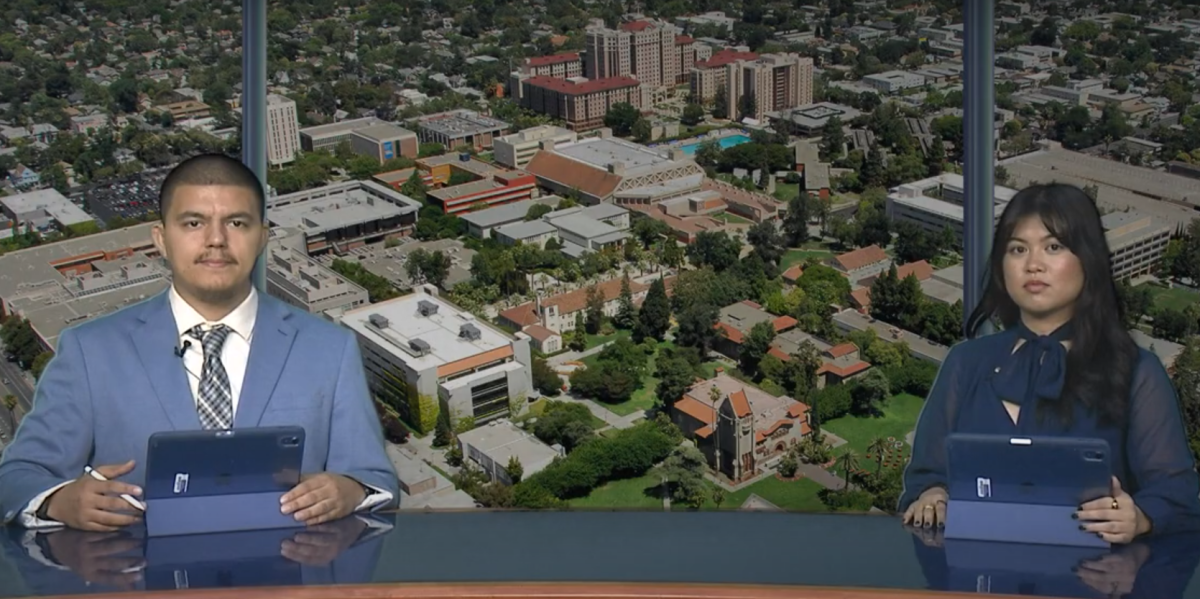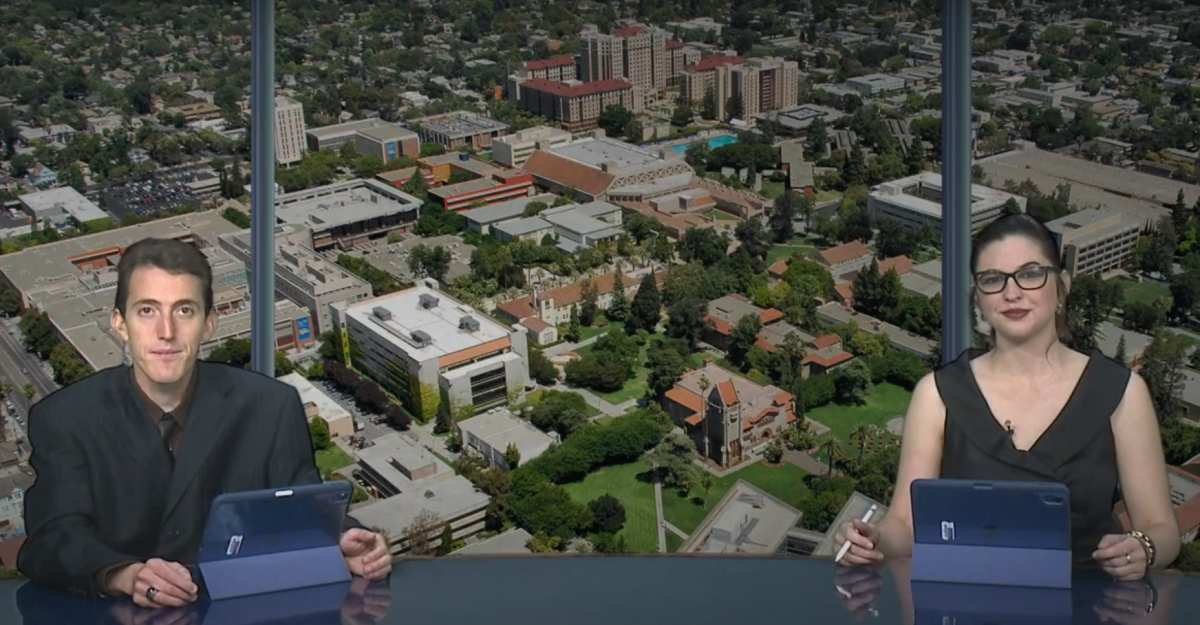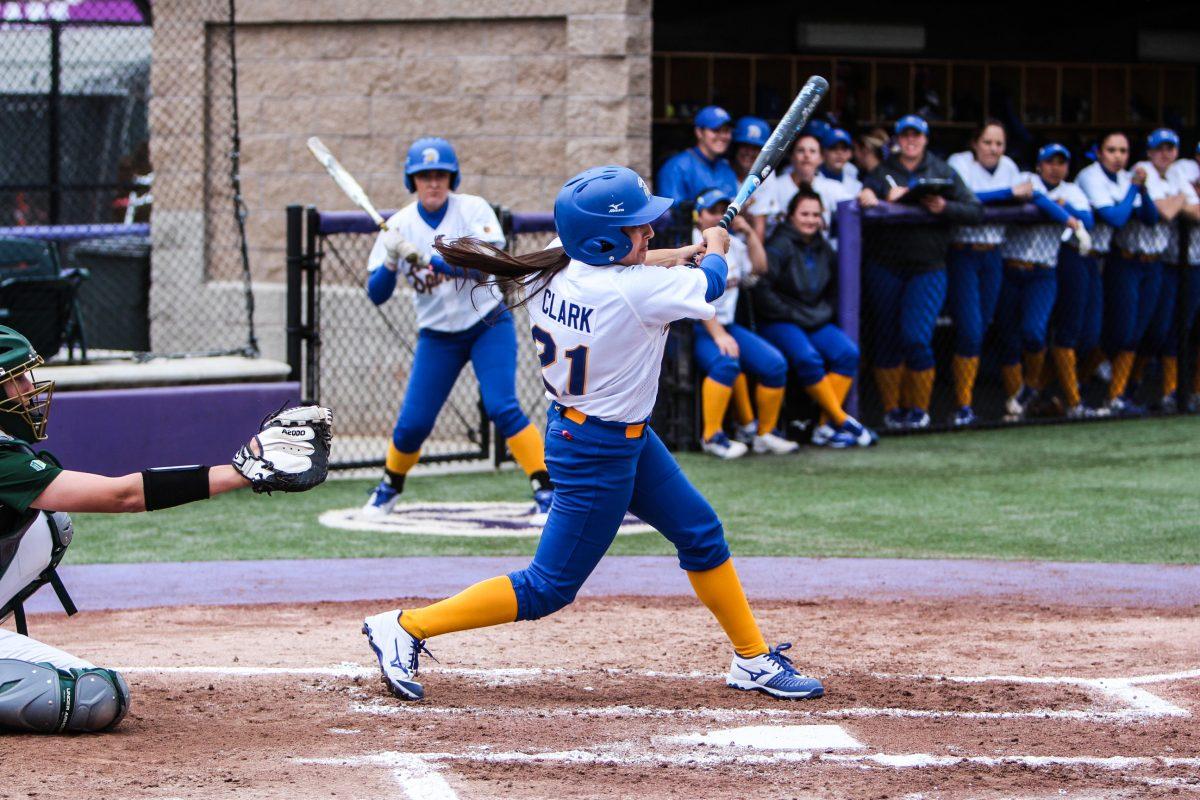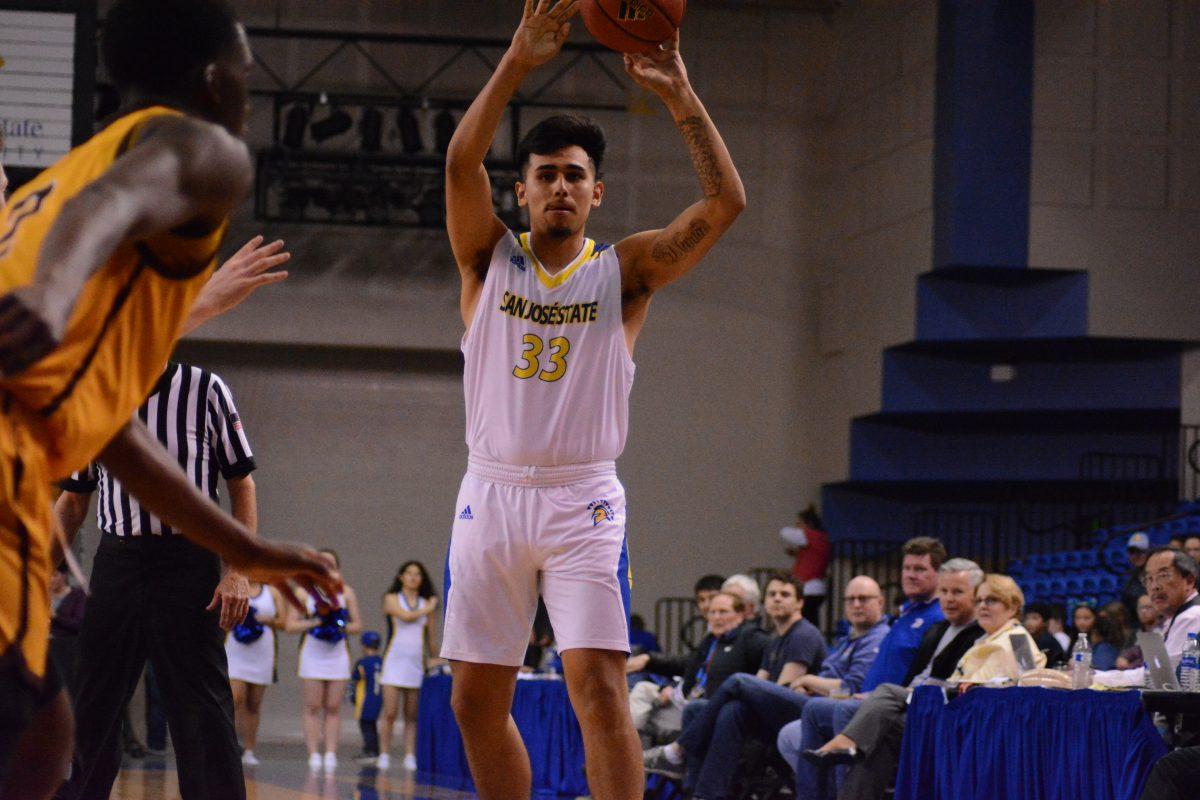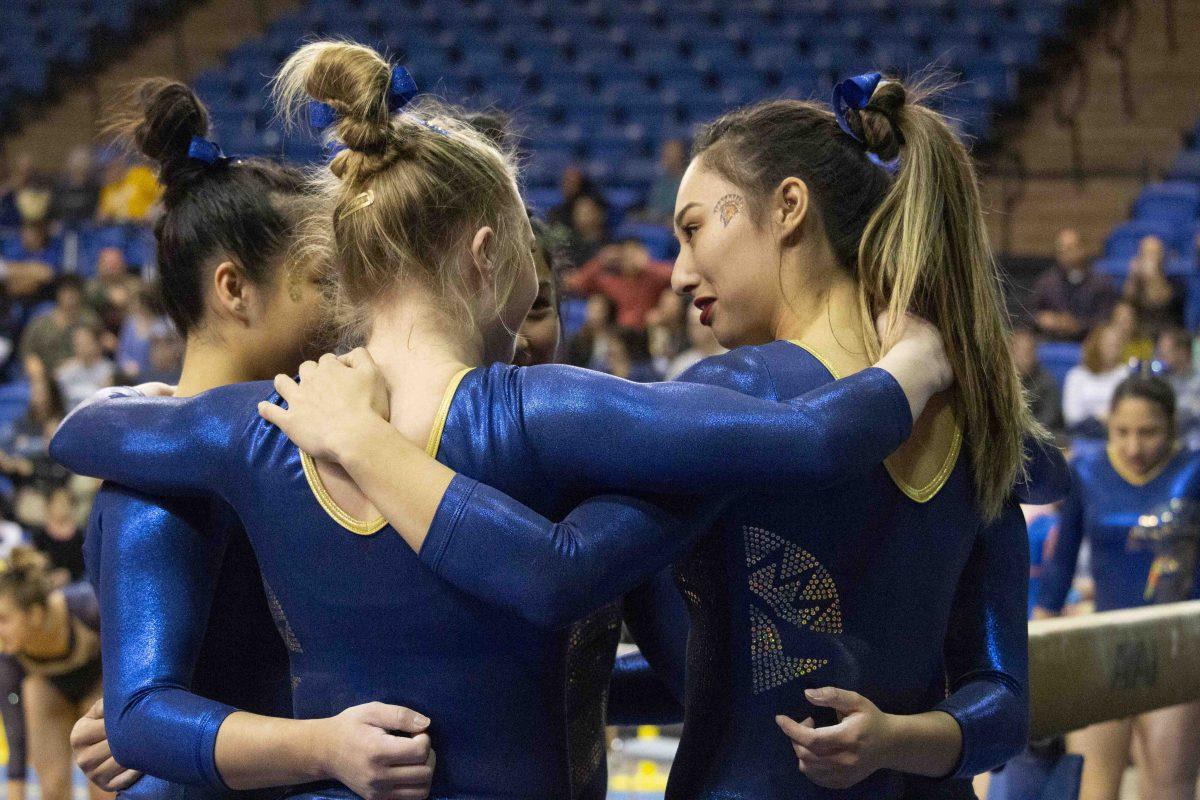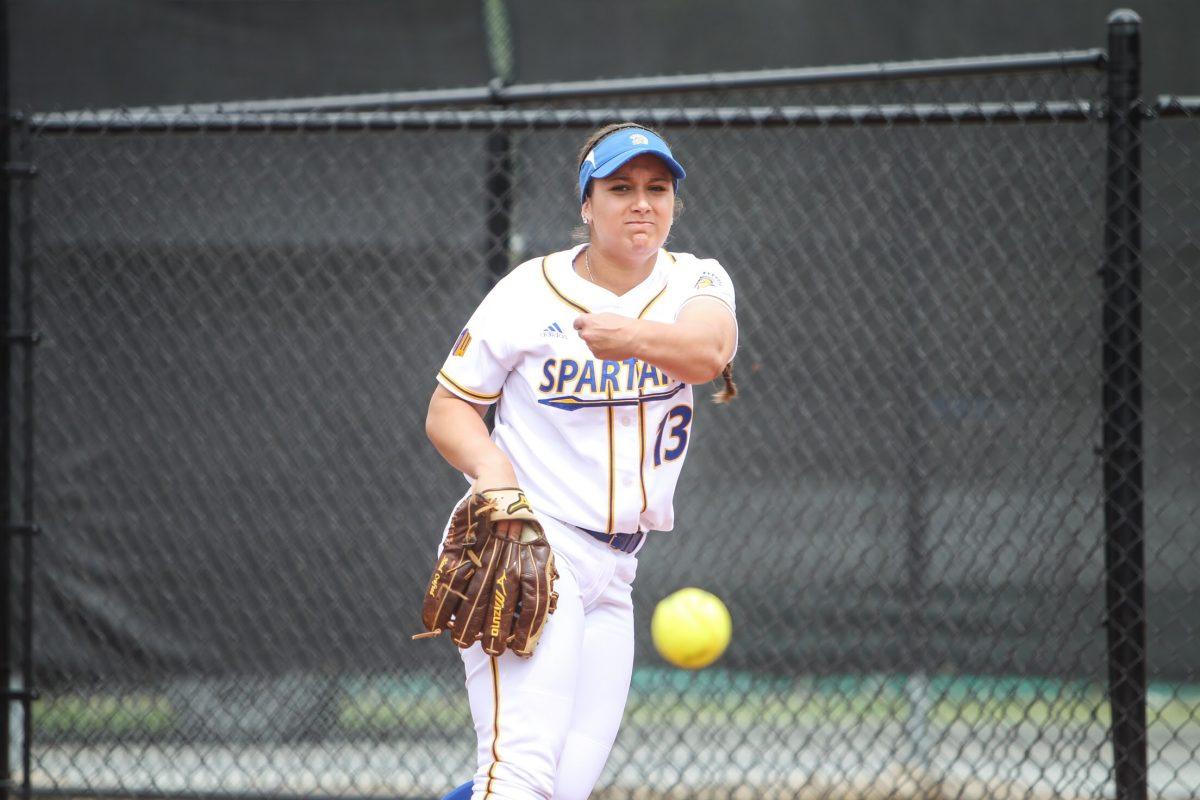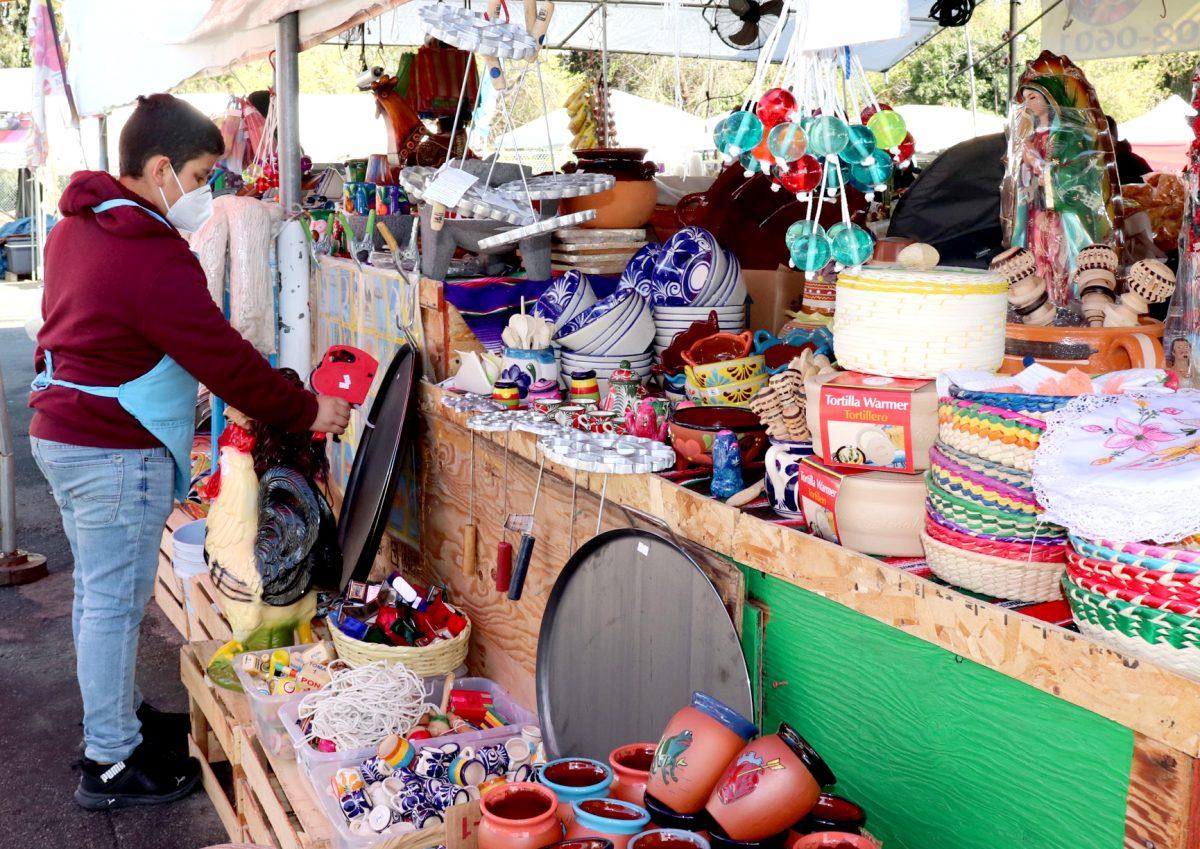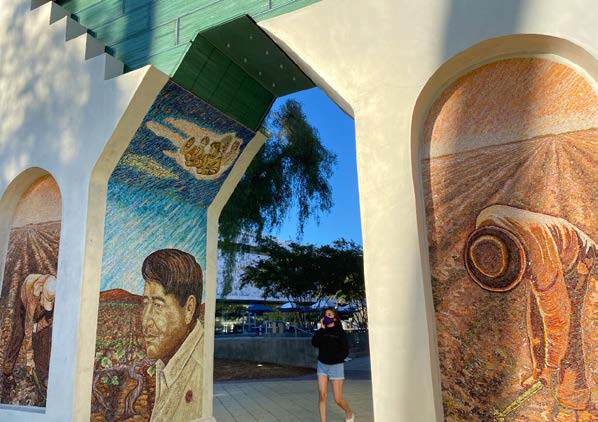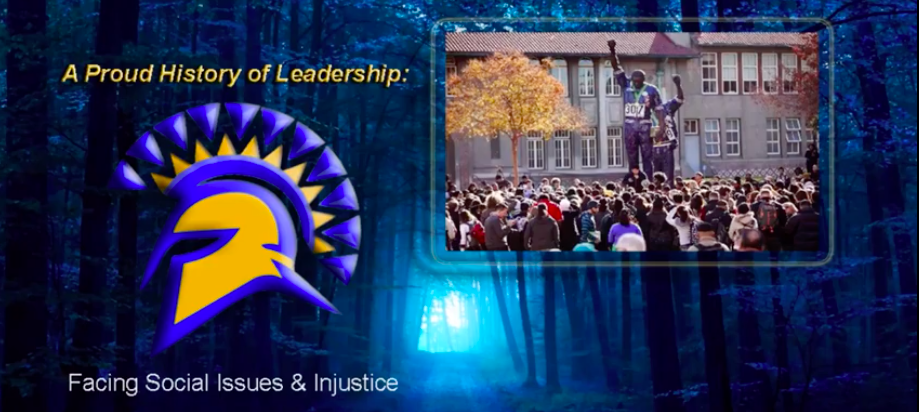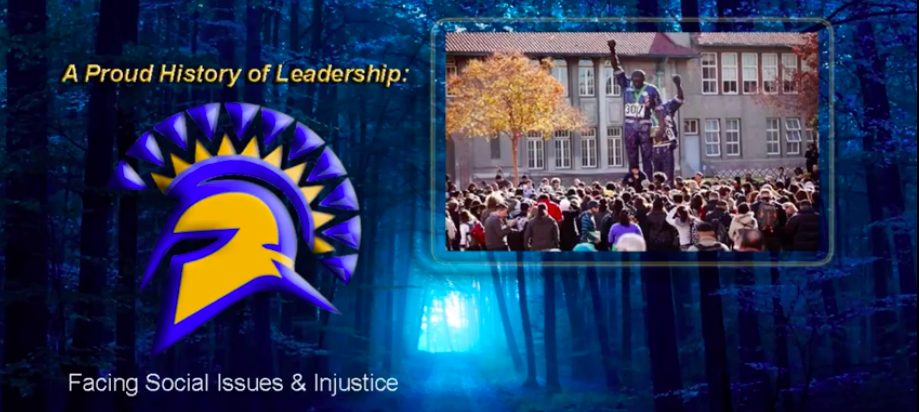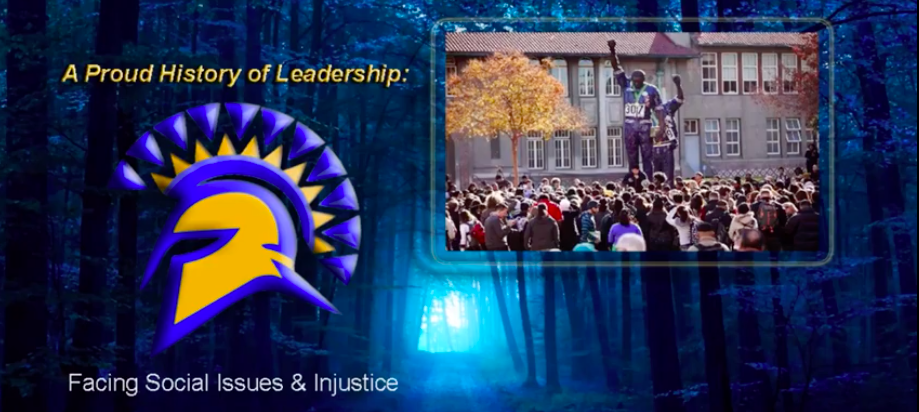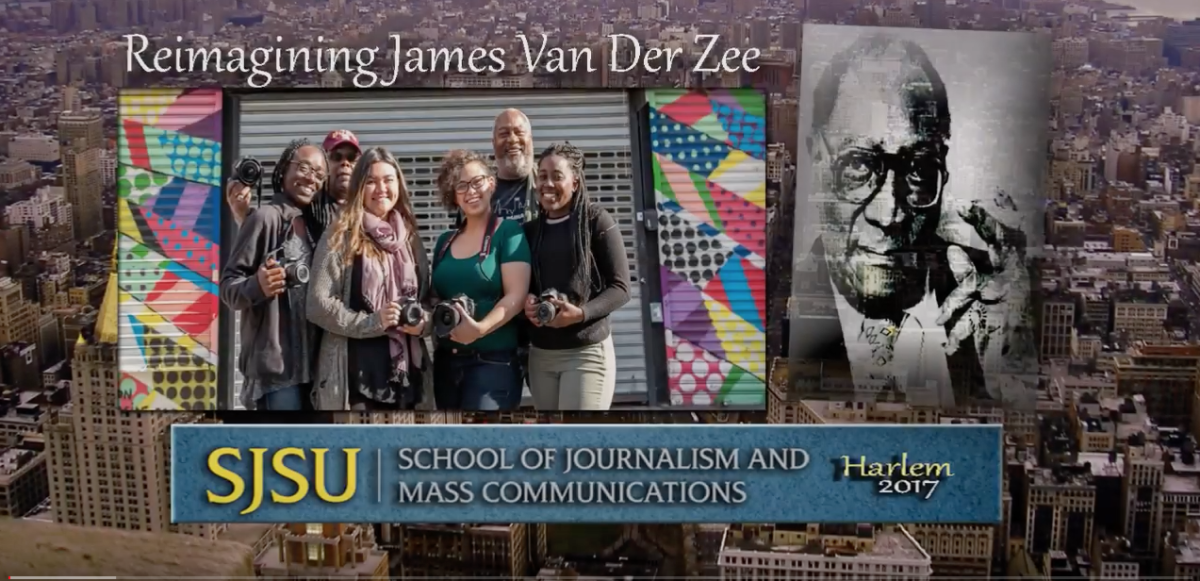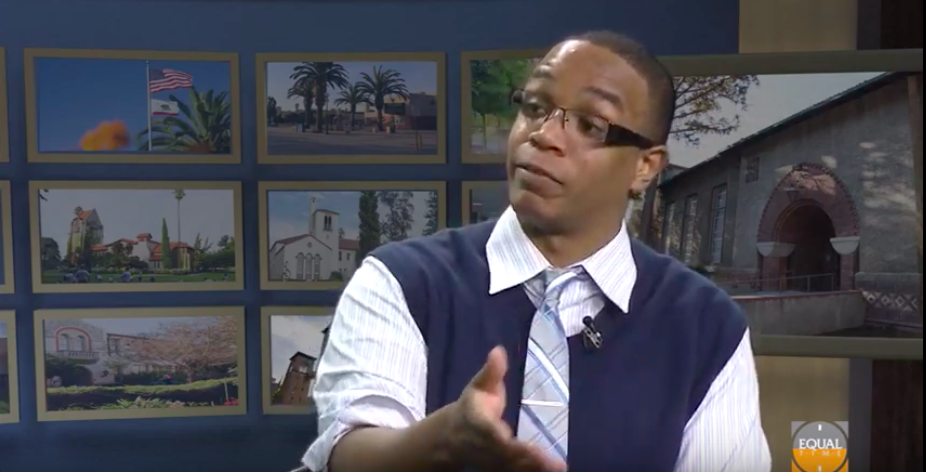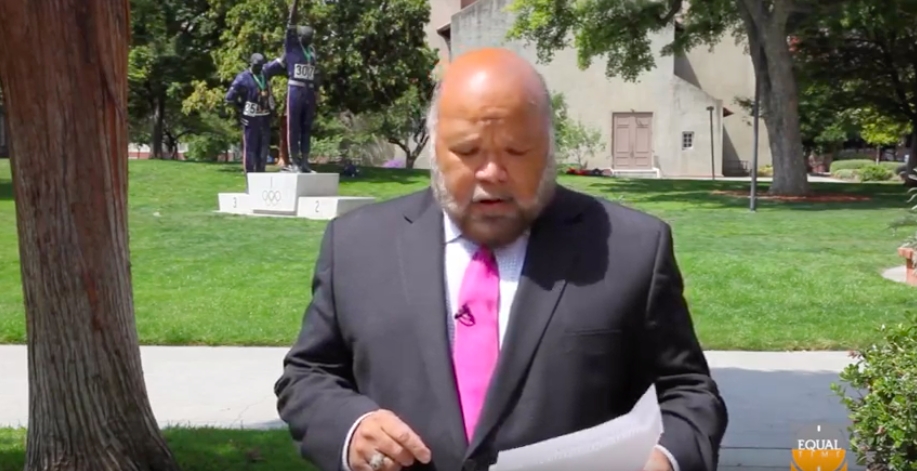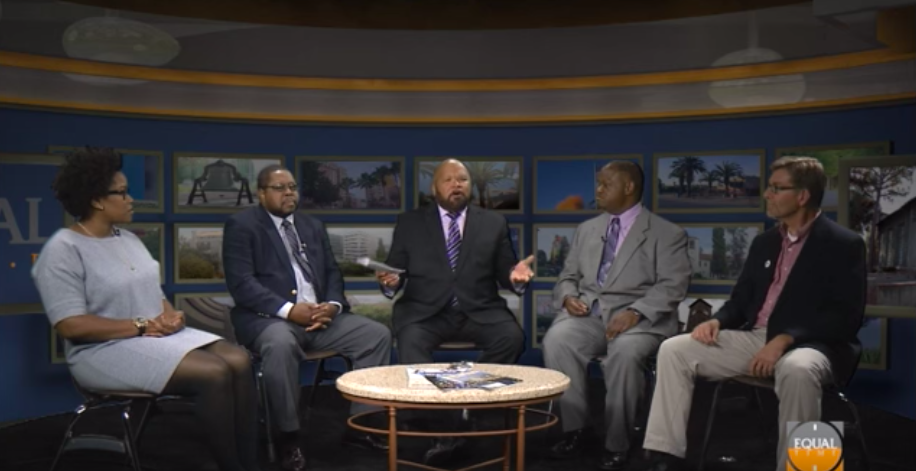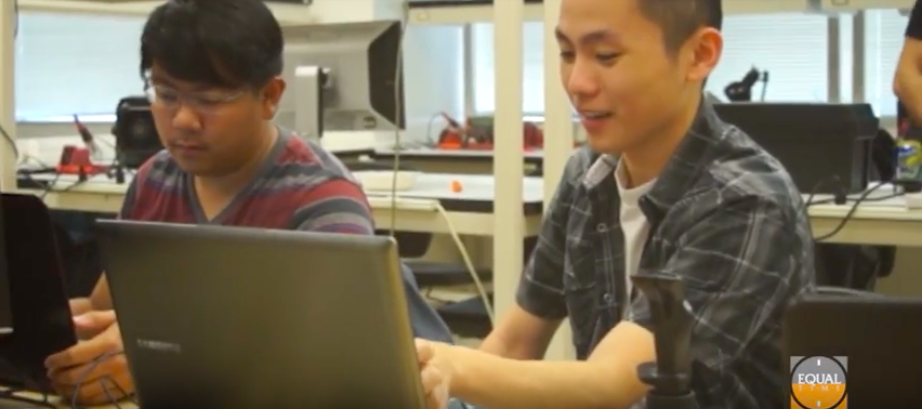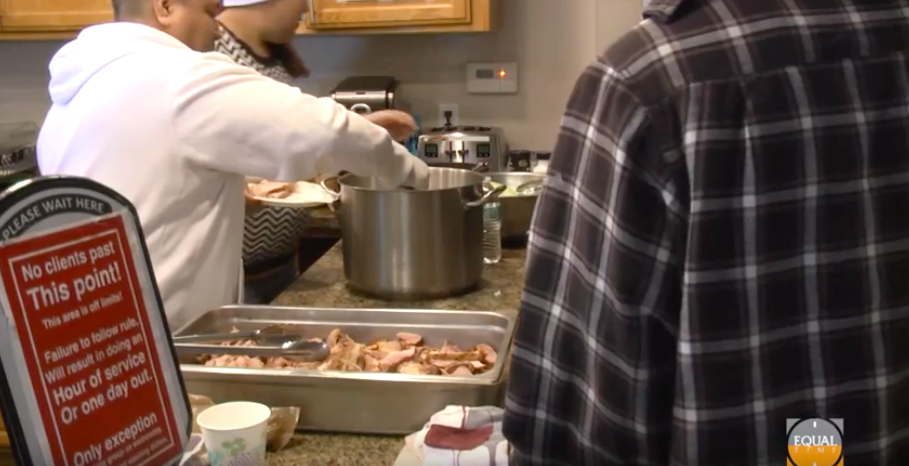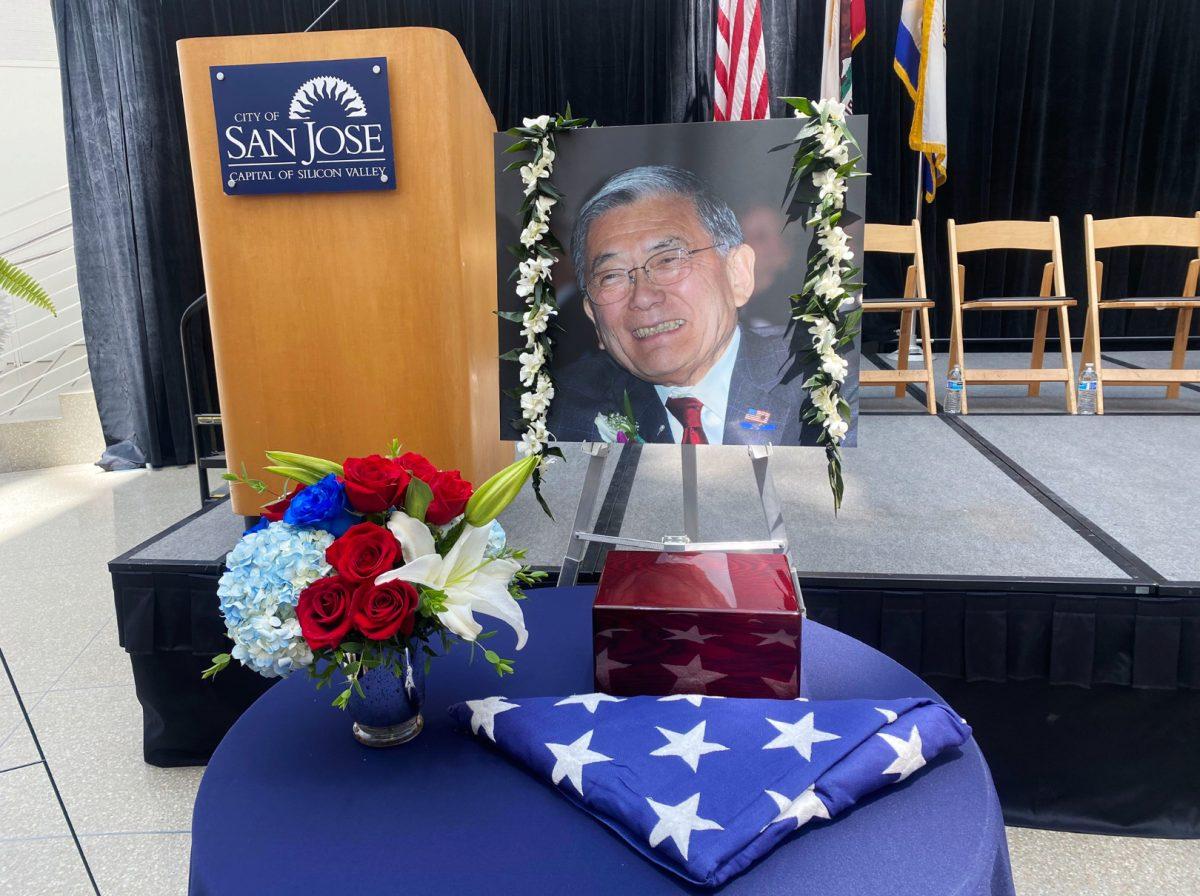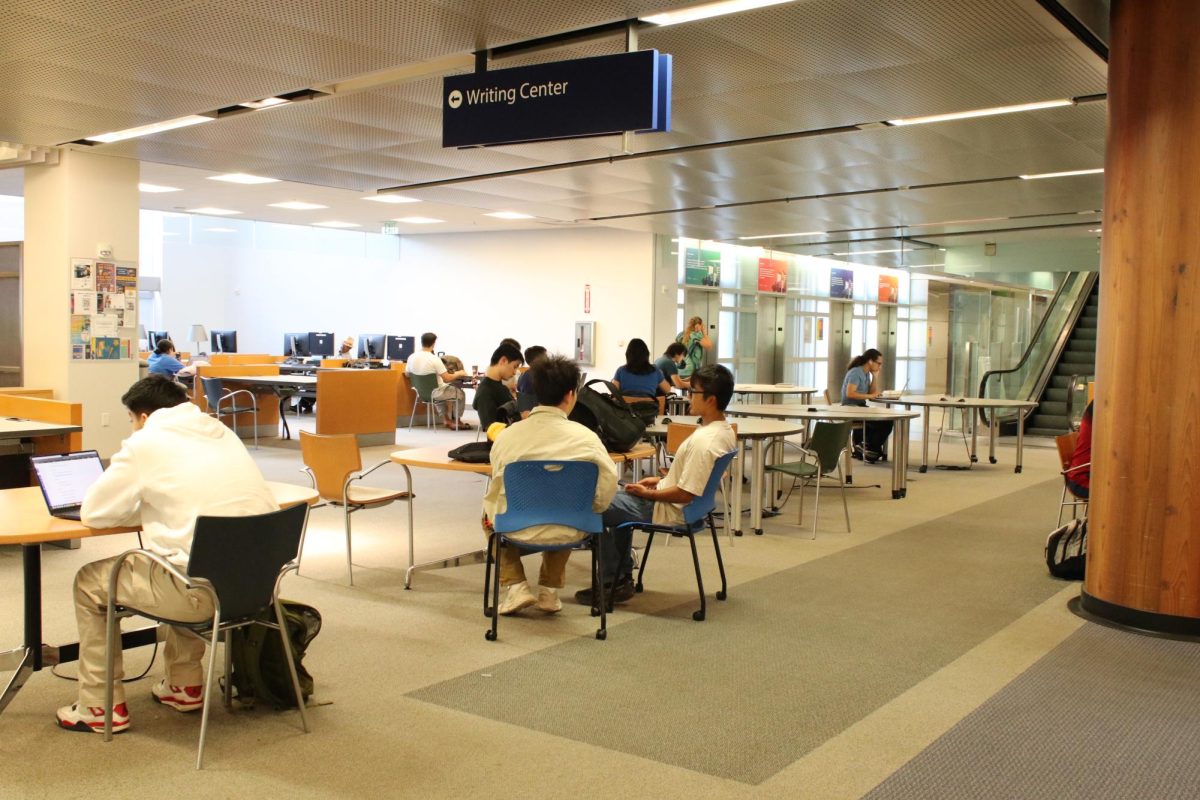Former U.S. Secretary of Transportation Norman Mineta will be laid to rest today in San Jose, his hometown, after his ashes arrived at the airport named in his honor in 2001.
The motorcade carrying his remains passed through the historic Japantown district, where Mineta grew up, and there was a brief pause for remembrances on North Fifth Street near the Mineta family home near the Japanese American History Museum and Wesley United Methodist Church.
The methodist church’s choir paid respects to Mineta by singing the hymn, “Go Now in Peace.”
The opening prayer during the memorial service was officiated by Rev. Gerald Sakamoto of the San Jose Buddhist Church Betsuin.
“This is surprising to learn that his parents named him after the [San Jose] International Airport,” Rev. Sakamoto jokingly said prior to leading prayer.
Mineta is the son of Japanese immigrants who were excluded from citizenship under the Asian Exclusion Act of 1924, which prevented immigration from Asia into the U.S., according to a May 20, 2019 Time Magazine article.
Ron Diridon Sr., former Santa Clara County board of Supervisors chair and “the father of modern transportation in Silicon Valley,” Liccardo said, was Mineta’s close friend and colleague.
The duo created the region’s first integrated sustainable master transportation plan, with many of their ideas coming to life in the present day.
“[The] results are the inner city rail, which is now going to be high-speed rail, BART, commuter rail, light rail, buses, bicycles systems, all currently under construction.” Diridon said.
Mineta and Diridon were instrumental in modernizing transportation in Silicon Valley, with Mineta who was San Jose mayor from 1971 to 1975, unsuccessfully pushed for Santa Clara County to join Bay Area Rapid Transit, or BART. Decades later, San Jose would finally join the transit system, according to a May 3 Mercury News Article.
“In all these years, we have only had one unresolved disagreement, is it better to have an airport or a train station named after you?” Diridon quipped during his eulogy of Mineta.
Diridon said Mineta’s parents came to the U.S. in 1902 and they “worked hard” to find success.
Mineta and his family were interned for several years at the Heart Mountain Relocation Center near Cody, Wyoming during World War II, according to the same article.
Blanca Alvarado, the first Latina Santa Clara County Board of Supervisors chairperson, spoke on how Mineta transcended the hardships he faced throughout his life.
“It is humbling and inspiring to me, to endure the humiliation and the unjust of the internment of Japanese-origin people,” she said during the service. “He transcended the racism of the time to be elected my student body president at [San Jose High School,] to graduate from a very prestigious university and to win citywide as the first person of color to lead the office of mayor.”
Mineta said he remembered boarding the train with his family to the internment camp in his boy scout uniform, according to Scouting Magazine, a scouts publication.
Mineta was honored by members of the Japantown community who watched the procession go by while scouts stood at attention in Mineta’s honor.
The memorial service was held at the city hall rotunda with opening remarks by San Jose Mayor Sam Liccardo.
“Today we gather to welcome [Mineta] back home,” Liccardo said during the service.
Liccardo honored Mineta’s family during the service for coming to San Jose and allowing his remains to be laid to rest in the city.
“It is no secret that Norman was San Jose’s favorite son,” Liccardo said.
Mineta was the first Asian American secretary to serve in a U.S. cabinet position and served as U.S. Secretary of Commerce under former President Bill Clinton’s administration in 2000. He was the only democrat to serve as secretary under former President George W. Bush’s administration from 2001-2006, according to a May 3 ABC News article.
Imam Tahir Anwar of the South Bay Islamic Community Center led the service’s closing prayer
“[He was] an individual who taught us what it means to be a community, that is because the face of America today is not just White or Black, Hispanic or Asian, it is diversity,” Imam Anwar said. “It isn’t one solid color blanket, but a patchwork quilt threaded with unique motifs of all of our stories.”

